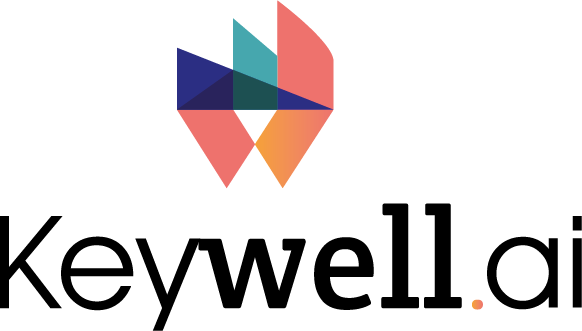Centers for Medicare & Medicaid Services (CMS) has announced significant changes to the ACO REACH Model for Performance Year 2026. The modifications target risk score growth, benchmark calculations, and quality oversight — areas where CMS identified opportunities to improve model sustainability and financial accuracy.
The scope and timing of these changes signal CMS’s evolving approach to value-based care oversight. Rather than wholesale restructuring, the agency is making targeted adjustments to manage shared risk arrangements with healthcare providers.
ACO REACH Changes at a Glance
CMS is tightening control over ACO financial performance. These policy changes affect all ACO REACH participants, regardless of their organizational structure or patient population focus.
The 2026 modifications apply equally to Standard ACOs (organizations with experience serving original Medicare patients), New Entrant ACOs (organizations new to serving original Medicare populations), and High Needs Population ACOs (those serving patients with complex needs, including dually eligible beneficiaries).

The updates are in the following 6 areas:
- Risk score growth constraints: New caps will be applied to risk score growth, limiting it for Standard and High Needs ACOs.
- Regional benchmark weighting: The weighting for historical expenditures will be increased while the regional component will be decreased for all REACH ACOs.
- First risk corridor narrowing: The first risk corridor for the global risk option will be narrowed from 25% to 10%, so savings and losses above 10% are shared with CMS.
- Quality withhold increase: The quality withhold will increase from 2% to 5%, along with a proportional increase in the high performers pool (HPP) Bonus.
- Risk adjustment model update: The risk adjustment model will fully implement the revised 2024 model (V28) for Standard and New Entrant ACOs.
- Adjustment for SAHS billing: Certain HCPCS codes related to Significant, Anomalous, and Highly Suspect (SAHS) billing will be excluded from PY 2024 expenditures to ensure equitable payments.
The increased quality withhold and expanded HPP bonus are intended to incentivize improvements in care quality. Adjustments to risk score growth constraints and the treatment of significant billing anomalies are intended to promote equity in payment models.
Several of these changes appear designed to benefit rural providers—such as benchmarks based more on historical spend than regional benchmarks—which aligns with the current administration’s rural healthcare priorities. CMS provides specific details for the new rules for each ACO type in its quick reference document.
The Impact on Providers
With these changes, the primary care capitation payment structure remains intact, preserving predictable monthly revenue streams for participating providers.
However, providers face intensified financial pressures across multiple fronts, including:
- Risk scoring practices now undergo stricter oversight with additional growth caps.
- The increased quality withhold creates more severe financial consequences if targets are not met.
ACOs with relatively lower spending in previous years have a lower potential upside.
The Bigger Question About ACO REACH
CMS has not indicated whether ACO REACH will continue beyond its 2026 expiration date, which creates strategic uncertainty for participating organizations that are making long-term investments in care coordination infrastructure.
The timing coincides with CMS’s broader value-based care strategy announcement, but the agency has not yet provided a clear roadmap for how ACO REACH fits into future payment models.
ACOs may choose to make more conservative operational commitments and system investments in the absence of certainty about the future of the program.
The Keywell Perspective
So far, ACOs have continued to participate in this model, demonstrating that they are confident in their ability to operate profitably under the new framework.
Adjustments to the ACO Reach structure, including benchmarks tied more closely to historical performance, the increased quality withhold, and new risk score constraints, create clear operational imperatives for providers, such as:
- A continued focus on improving quality measure results
- Identification and prediction of high-cost patients eligible for care coordination or intervention
- Provider network management and patient “leakage” monitoring
Our team can work with you to deliver insights from your organization’s structured and unstructured data to stay ahead of these new requirements. Contact us to learn more.




